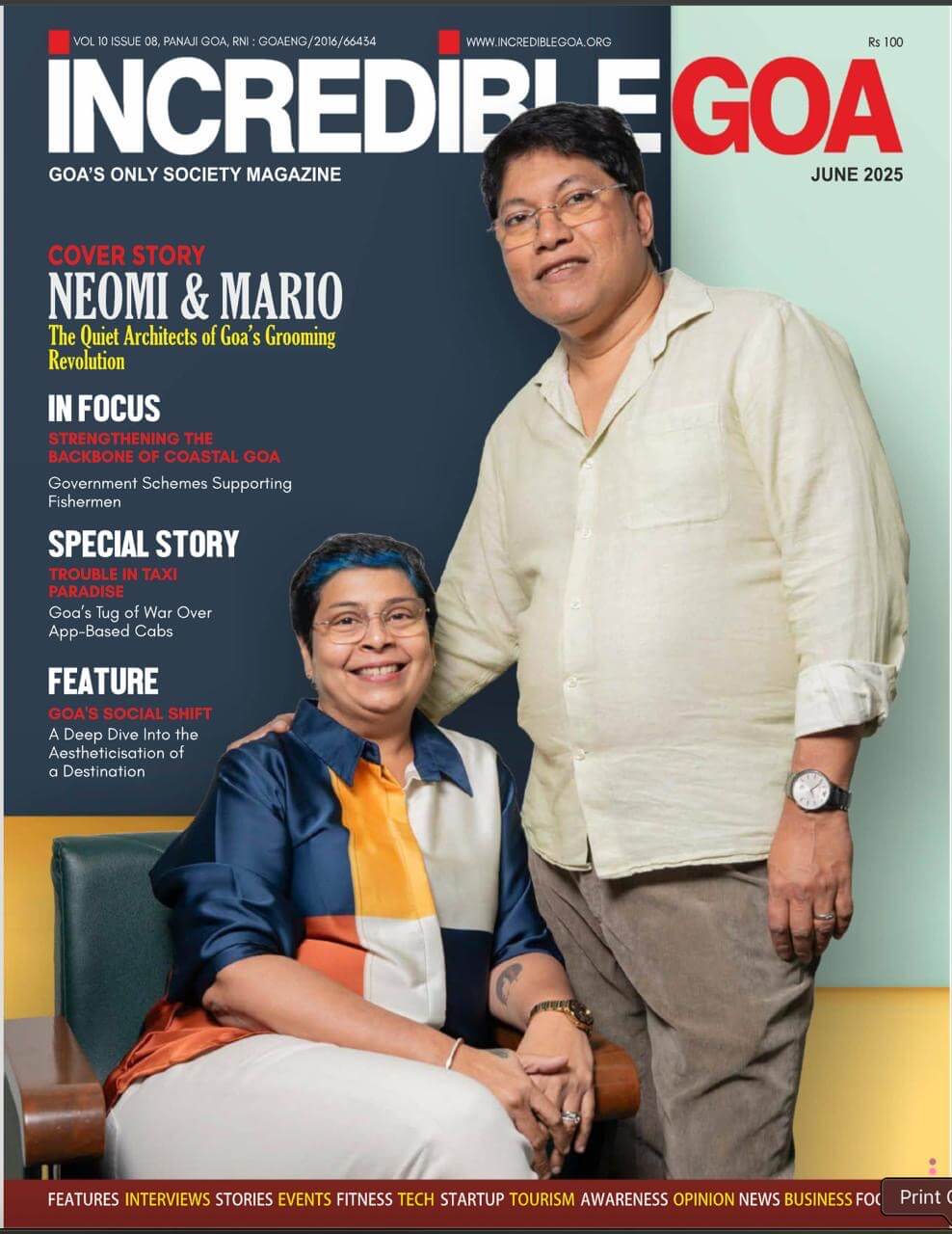The concept of ‘Gender’, is reinforced upon an individual right from the time of birth. But Hey! There is a surprise for you in this article. “The child’s gender is not determined at birth!” Instead we simply assign a gender to the child, based on their physical body.
This is in turn results in the, reinforcement of stereotypic gender roles, which are supposed to be in line with a certain assigned gender. So even before a child understands the meaning of the word gender, the gender is assigned and gender role expectations attached. The most problematic part of this entire process is that, gender is viewed as binary and the assigned gender is going to be only either male or female; boy or girl.
Gender which is very diverse and can have so many different identifications, is narrowed down as either this or that. And this is where we as parents commit the grave crime of raising an entire generation of human beings, who will grow up believing that the whole world consists of those who either identify as men or women. And if these children and later on adults, come across someone who doesn’t identify with one of the two binary classifications, they will feel lost, confused and worst, will try to impose their normative binary ideas about gender on those who don’t conform to the binary.
Before we go on to understand ways in which parents can talk to their children about gender, we need to understand, two key points here. Firstly, it’s important to understand and accept the idea that gender is not binary; meaning gender cannot be only male or female. In essence, this is saying that “gender is not the same as our physical body”.
An individual’s gender identification refers to how they view their gender and it differs from their gender presentation and need not be the same as the gender assigned to their physical body by society. Having cleared this, we need to acknowledge that, an individual’s gender identification can be male, female, non-binary, Trans, gender non-confirming or gender fluid. Secondly, we also need to educate our younger lot that gender pronouns are also not binary, and different people may prefer to be referred using gender pronouns which don’t subscribe to the normative usage based on their gender presentation.
So gender pronouns can be he/him for someone who wants to be referred to as a male, she/her for someone who wants to be referred to as a female, or they/them for someone who doesn’t identify with the binary categorization of gender. It is imperative that we use the correct gender pronouns when addressing people, and even more crucial that we don’t assume people’s preferred pronouns simply based on their gender presentation.
It is important that before we talk to our children about gender, our own concepts about it are clear. So having understood the diverse ways in which gender can be described and the usage of gender pronouns, let’s look at some simple suggestions about talking to your children about gender.
- Explore your feelings: It is important that not only you clarify your concepts related to gender, but also that you explore your own feelings about gender non-confirming behavior. If you communicate a message about sensitivity & inclusivity to your child but when you see the neighbors’ boy dressed in a frock, and express shock or ridicule, you will be contradicting yourself & will definitely, communicate a wrong message to your children.
- Avoid shaming children: Young children often experiment with their gender expression, as a way of exploring their gender identity. Let your child go through this natural process of exploring themselves. Ridiculing the child at this stage, will communicate to the child that there are only two genders and will also make them believe that they are not accepted by their parents, for who they truly are.
- Use real life incidents to teach gender sensitivity: Pick on everyday instances to point out to children the kind of assumptions they are making. For example, if your child sees a man on the road with long hair and comments that, that person is a girl, correct your child and inform them that just keeping long hair doesn’t make someone of a specific gender.
- Discuss gender stereotyping in different ways: As mentioned previously in the article, evidence of gender stereotyping are everywhere and children are also susceptible to falling prey to it, right from the start. So, it’s important that we highlight these stereotypes and call them out actively in an age-appropriate manner. For example, if your male child makes a comment that pink t-shirts are for girls only, you may go ahead and tell your child, that pink is a colour and people from any gender can wear that. It’s these small everyday messages which need to be called out, in order to break gender stereotyping at its crux.
- Be ready to answer your child’s questions: I firmly believe that as parents we need to be prepared for the most unexpected questions from our children. Remember that as children grow up, parents are not the only source of information that they have. And if you as a parent shush your child or avoid conversations when difficult topics come up, your children will find another source to answer their questions and then, you may not like the answers they get. So, be ready to answer your child’s questions and particularly the ones around sex, sexuality, and gender. If your child asks a question like, “why is that man dressed like a woman”, you may answer that, “sometimes people who look like men like to dress up as women, or perhaps because they identify themselves as a woman even if their body looks like that of a man”. You may also look for more references online about how to broach this topic with your children. There are also story books available for different age groups, which familiarize children with the concepts of gender and sexuality.
As the world attempts to become increasingly gender inclusive, it is important that we learn to talk about these topics with our children. I hope that this article has helped in some ways, in this regard. In the next article, we will talk about ways to approach the topic of safe sex with adolescents.
Photo by Ketut Subiyanto from Pexels


























